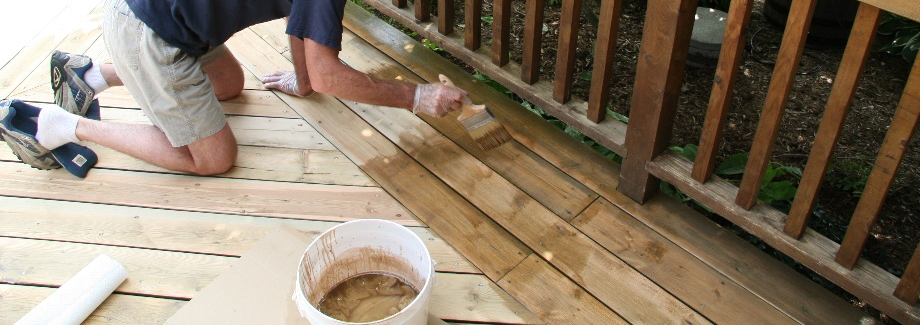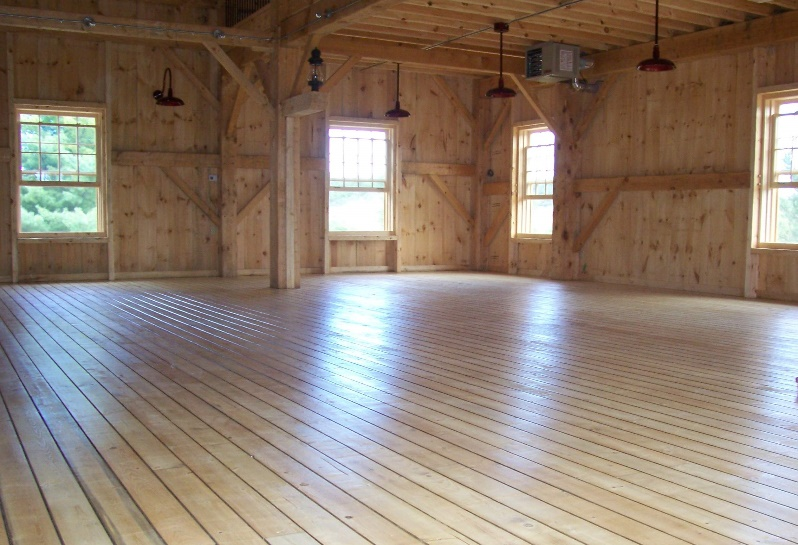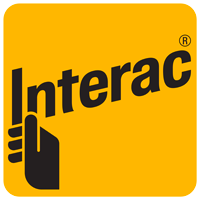Fortified Epoxy Wood Sealer & Stain
Did you know that epoxy resin can be used to protect and/or restore most types of wood old or new? For exterior wood, the fortified epoxy sealer can restore & strengthen your deck without rotting, cracking, peeling off or chipping and will maintain the natural look of wood, cedar or hardwoods. It is specially designed to shield your deck, railing or outdoors furniture from weathering. Leaving your deck exposed to the sun and moisture, and ineffectively protected, will quickly make it degrade… it will crack, warp and split… turn black or green… and eventually rot.
Epoxy sealer may also be used to beautify and enhance the wood floor. Almost all types of commercial, institutional, or industrial flooring can be coated using a decorative clear or stain epoxy resin. This seamlessly high performance flooring can do a lot of good for wooden floors for the level of protection that it can deliver.
Of course, just like anything else, there will be some substrates that will not be suitable for use with epoxy coating. Let’s take a look at why using epoxy resin for a wood floor can be good.
Effective Use
When it comes to wooden floors, applying epoxy resin is not as straightforward as we would want it to be. Before treating wooden floors, you have to take into consideration the age, the moisture content in the wood and type. It is important for you to select the right type of epoxy resin or sealer because they are not all the same.
For interior wood floors, 100% solids epoxy may be used providing that it has some flexibility to accommodate minor movements in the wood floor. However, in exterior wood substrate, the movement (expansion & contraction) is much more profound and so a really flexible epoxy sealer must be used.
The solvent-based sealer or waterborne flexible epoxy is the better choice in this scenario to accommodate such excessive movement. The solvent-based sealer is preferable to repair during porous highly aged wood deck in order to have better penetration to consolidate and strength the wood species. The waterborne is preferable because of its breathability, esthetics and UV resistance.
Surface Preparation for Epoxy Coating

The epoxy sealer that is used for the coating consists mainly of 2 parts, a hardener and a resin (Part A and Part B). What happens when these are combined? The components will react with each other and harden to create a tough and structural coating which will be highly durable.
This makes it ideal for use with wooden floors, provided that the proper preparation is done. Follow these steps on how to create/apply the perfect epoxy coating on a wood floor. First step is to ensure the wood is dry and free of containments. New wood must be weathered for at least 6 months.
Sanding:
Do not use ZeraSeal™ PS over painted or varnished surfaces. They must be stripped prior to the application of the product using a commercial paint stripper, then sand to bare wood. Un-painted decks should be sanded or pressure washed to a clean porous surface.
Mixing:
Mix well in equal parts of A and B of ZeraSeal™ PS for 2 minutes (preferably with a slow speed drill equipped with a mixing blade). No induction period is needed.
Application:
ZeraSeal™ PS can be applied by a variety of methods. The most recommended method is using a brush (a quality solvent resistant 5" paintbrush). A roller is not the recommended method because it generates bubbling on the deck surface and does not help with the penetration of the sealer. A foam roller is attacked by the sealer and is also not recommended. For flooring application, apply ZeraSeal™ PS using a short nap 6 mm roller evenly across the entire floor; allow it to dry fully before applying a topcoat.
A simple tip when using epoxy resin on wooden floors, start from the farthest corner and make your way backward towards the exit point of your room. This helps prevent you from being trapped in the wet epoxy painted floor.
Why Common Deck Sealers Fail & Why You Should Consider an Epoxy Sealer:

Among all other exterior building materials, wood decks are subjected to the full impact of the harshest climate conditions of all, ranging from destructive UV rays, acid rains, humidity and elevated temperatures during the middle part of the day in the summer months.
In many cases, water can soak into unprotected wood via small or large cracks in the wood surface. This further deteriorates the wood boards and eventually causes rot. In the winter, freezing temperatures and melting snow thaw, combined with expansion and contraction of wood, which will make it very tough for any coating to withstand.
There are two types of deck stains and deck coating in the market, acrylic and oil based. Generally speaking, acrylic latex deck coating lacks the structural strength and durability to last on the deck under these harsh conditions. They also have poor penetration and adhesion properties, and tend to peel off in a couple of years.
The other type is oil-based (known as alkyd). They offer good leveling properties and cure to a relatively durable film, but tend to yellow and become brittle with age. They are highly prone to failure on surfaces containing even moderate levels of moisture. Alkyd-based sealer consists of natural oils as the main component.
Although they are effective in repelling water, these natural oils are edible food for algae and mildew. All oil-based sealers contain mildewcides to act as poison in order to protect the sealer and inhibit the growth of these organisms.
Nevertheless, these mildewcides are degradable with the combination of ultraviolet (UV) sunlight and rain and are washed away overtime by rain and snowmelt. Once the effectiveness of these mildewcides is gone, the mildew and algae begin to feast on the deck sealer turning it green and black.
This is not the case with our cutting-edge color epoxy resin that contains no oil or other degradable materials. It is very low viscosity; it allows epoxy to soak deeply into the wood instead of lying on the surface where it might peel off after a year or two.
Since the epoxy is a structural material, it strengthens and binds together the wood fibers. It adheres so strongly to the wood boards that it extends the life of the sealer and the deck. An added benefit is that the epoxy coating is totally impervious to water and will act as a very effective water repellent.
More Benefits of Wood Coating

So why should you want to have epoxy coating on your wooden floor? Is it just a simple cop out that allows you to save money and settle for something less?
You may be surprised that epoxy coating on wooden floors can deliver a lot of value for your home in general. So here are some of the benefits that you can look forward to:
- Offers a beautiful and translucent finish that will highlight the wood grain pattern
- Penetrates into the wood and has consolidating wood fibers to protect from fungi and mildew
- Outstanding water repellency and moisture resistance
- Flexible to withstand the expansion/contraction of wood species without "popping out" or cracking
- Resistant to UV, rain, oils, salts, moisture and household chemicals
- Structural material of high mechanical strength; reinforces the wood
If you need to know more about epoxy resin for wood floors, contact Zeraus Products today!






